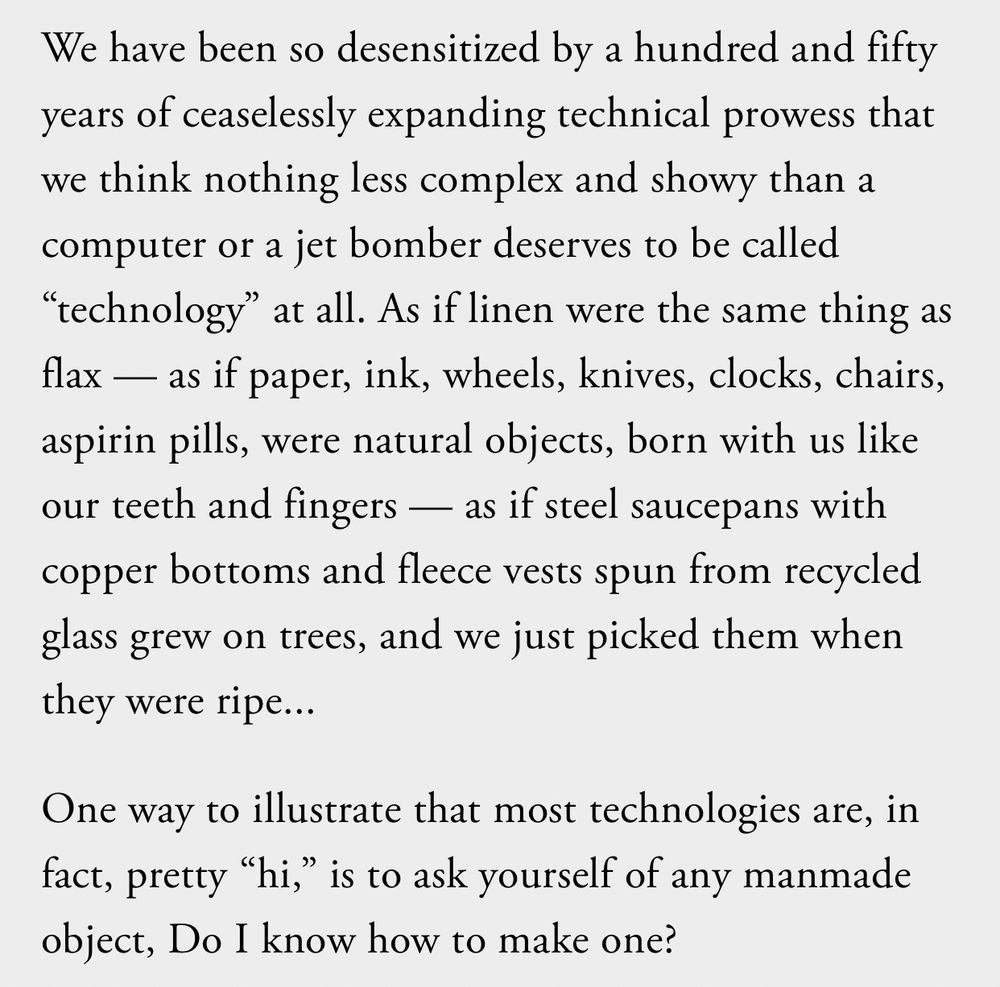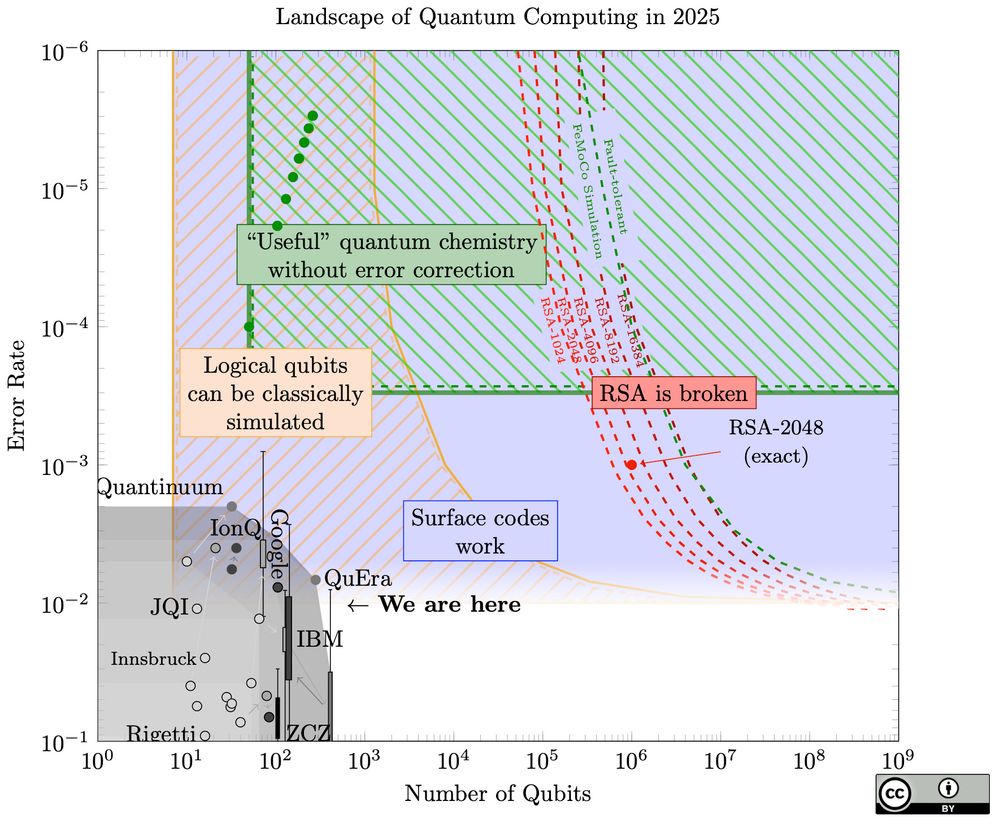Sam Jaques
@sejaques.bsky.social
190 followers
110 following
74 posts
Assistant prof at U Waterloo. Aspiring full-stack cryptographer. Loves math, plants, flashcards. Opinions reflect those of all past, present, and future employers.
Posts
Media
Videos
Starter Packs
Sam Jaques
@sejaques.bsky.social
· Sep 3
Sam Jaques
@sejaques.bsky.social
· Sep 3
Sam Jaques
@sejaques.bsky.social
· Sep 3
Reposted by Sam Jaques
Reposted by Sam Jaques
Sam Jaques
@sejaques.bsky.social
· Jul 31
Sam Jaques
@sejaques.bsky.social
· Jul 22
Sam Jaques
@sejaques.bsky.social
· Jul 8
Sam Jaques
@sejaques.bsky.social
· Jul 3
Sam Jaques
@sejaques.bsky.social
· Jul 3
Sam Jaques
@sejaques.bsky.social
· Jul 3
Sam Jaques
@sejaques.bsky.social
· Jun 21
Sam Jaques
@sejaques.bsky.social
· Jun 20
Sam Jaques
@sejaques.bsky.social
· Jun 20

Reducing the Number of Qubits in Quantum Factoring
This paper focuses on the optimization of the number of logical qubits in quantum algorithms for factoring and computing discrete logarithms in $\mathbb{Z}_N^*$. These algorithms contain an exponentia...
eprint.iacr.org
Sam Jaques
@sejaques.bsky.social
· Jun 20
Sam Jaques
@sejaques.bsky.social
· Jun 19
Sam Jaques
@sejaques.bsky.social
· Jun 19
Sam Jaques
@sejaques.bsky.social
· Jun 19






